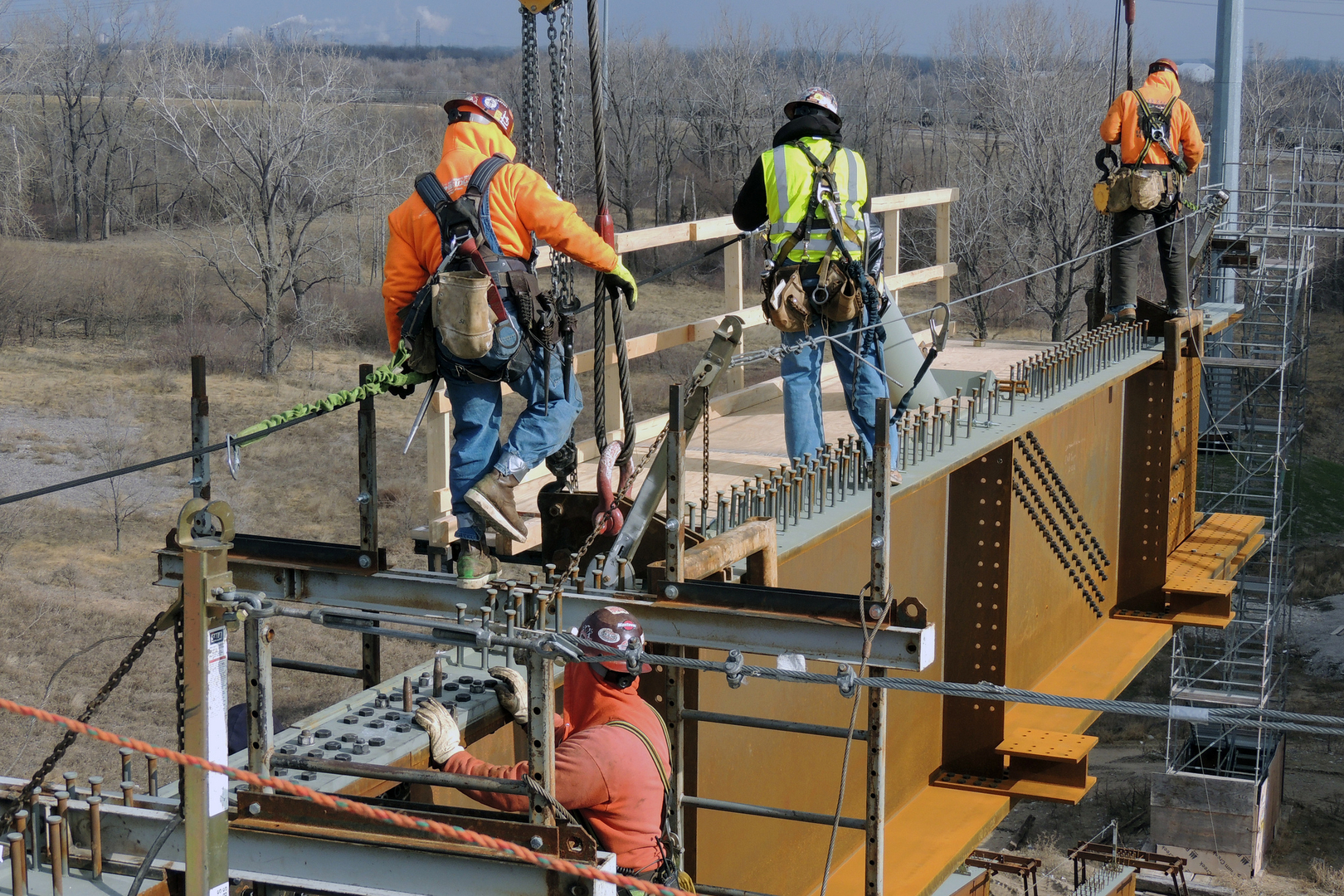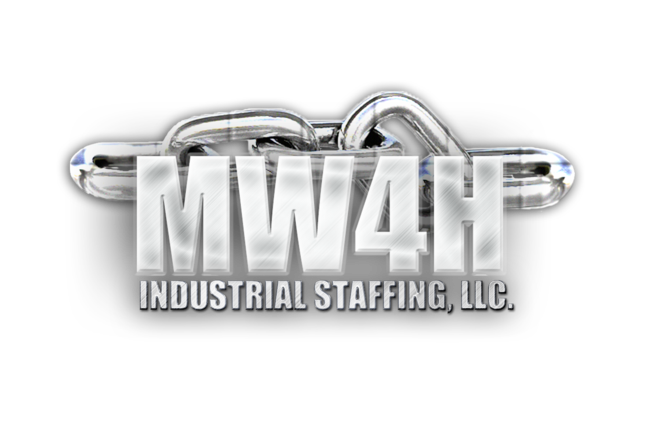



The mining industry has always been fraught with safety and health risks, requiring diligent efforts to mitigate hazards. The Mining Safety and Health Administration (MSHA) plays a crucial role in ensuring that miners are well-trained and equipped to handle these risks, thus safeguarding the health and safety of workers. Since its inception, MSHA has worked to provide comprehensive training and education to miners, which has been an essential component in reducing accidents, injuries, and fatalities in the mining sector.
However, as the world progresses, so too must the training methods and safety standards within the mining industry. With technological advancements, evolving regulations, and shifting workforce dynamics, the landscape of MSHA mining training is undergoing a transformation. Looking ahead to 2025, several trends, updates, and challenges are shaping the future of MSHA training. These developments promise to make mining safety more accessible, effective, and adaptable to the rapidly changing industry.
Since the establishment of MSHA, training programs have evolved in response to changing safety concerns, advancements in technology, and the growing complexity of mining operations. In the early stages, mining training was primarily focused on basic safety practices, hazard awareness, and emergency response. Miners learned about the immediate dangers of machinery, explosives, and environmental hazards through traditional, in-person instruction. Training was typically hands-on and highly supervised to ensure workers understood the risks and knew how to operate equipment safely.
As the industry progressed, training programs expanded to address a broader array of concerns, such as the management of dust, chemicals, and toxic gases. By the late 20th century, technological advances such as video-based tutorials, manuals, and computer-based programs began supplementing the traditional, face-to-face training methods. This allowed for more flexible learning opportunities and enabled a wider range of miners to access safety training.
In recent decades, with the rise of the digital age, training methods have become even more advanced. The introduction of online courses, virtual learning environments, and, most recently, immersive technologies like virtual and augmented reality has reshaped the way miners learn about safety. Simulations and digital tools now allow workers to experience hazardous situations in a controlled setting, offering safer, more engaging, and more efficient training experiences.
This progression reflects a broader trend in the mining sector: the recognition that effective training is an ongoing, evolving process that must adapt to new technologies, regulations, and workforce needs. As the mining industry continues to embrace automation and innovative technologies, MSHA mining training will need to remain at the forefront of these changes.
As 2025 approaches, several key trends are emerging in MSHA mining training. These trends highlight the ways in which technology, regulatory changes, and a changing workforce are reshaping the landscape of safety training in the mining sector.
Increased Use of Digital Platforms and E-Learning
The shift toward digital learning is one of the most significant trends in MSHA mining training. Online platforms, Learning Management Systems (LMS), and mobile applications are making training more accessible, flexible, and scalable. Workers can complete courses at their own pace and from any location, which is particularly beneficial for those working in remote areas or for companies with dispersed workforces. Additionally, digital platforms allow for easier tracking of employee progress and performance, ensuring that training requirements are met and compliance is maintained.
Virtual Reality (VR) and Augmented Reality (AR) Integration
Virtual reality and augmented reality are transforming the way miners are trained. These immersive technologies provide workers with realistic, hands-on experiences in a virtual environment, enabling them to practice critical safety procedures and hazardous scenario responses without the risks associated with on-the-job training. Through VR, miners can interact with lifelike simulations of mine operations, such as responding to machinery malfunctions or navigating dangerous underground environments. Similarly, AR allows trainees to overlay digital information onto their real-world surroundings, providing additional context and guidance while they work. This integration of VR and AR enhances engagement and ensures that miners are better prepared for actual worksite conditions.
Mobile and On-Demand Training
Mobile learning is another growing trend in MSHA mining training. As more workers rely on smartphones and tablets, companies are increasingly adopting mobile-friendly training programs. With mobile applications, miners can access courses, refresher training, and safety updates wherever they are. This on-demand accessibility ensures that workers are continuously engaged with safety training, even when they are away from a formal classroom or training facility.
Data-Driven Training and Performance Tracking
Data analytics is becoming an integral part of MSHA mining training. Trainers and supervisors can use data to monitor the progress of individual workers, track training completion, and assess overall safety performance. By collecting and analyzing data from training programs, companies can identify knowledge gaps, trends in safety behavior, and areas where additional training is needed. This data-driven approach allows for more personalized and targeted training, ensuring that workers are receiving the education and support they need to excel in their roles.
Integration of Safety Culture and Behavioral Training
A shift toward cultivating a strong safety culture within mining organizations is becoming increasingly apparent in MSHA training. Rather than focusing solely on compliance with regulations, training programs are now emphasizing the importance of ingraining safety as a core value throughout the workforce. This includes behavioral training that encourages workers to proactively identify and address safety hazards, engage in safe work practices, and look out for their colleagues' well-being. Training that promotes a culture of safety is more likely to result in long-term behavioral change, reducing risks and fostering a safer work environment.
In addition to technological advancements, regulatory updates are also playing a key role in shaping MSHA mining training. As safety concerns evolve and new risks emerge, MSHA regularly updates its guidelines and requirements for training programs. Several key updates are anticipated as the mining industry enters 2025.
Stricter Certification and Qualification Requirements
To ensure that miners are equipped with the skills and knowledge they need, MSHA is expected to implement more stringent certification requirements for both workers and trainers. As the mining sector becomes more technologically advanced, certifications will need to cover a broader range of skills, including the operation of automated equipment, the safe use of drones, and the understanding of complex machinery. These updates will require training programs to be more specialized, offering specific certifications for different types of mining operations and safety risks.
Increased Focus on Mental Health and Worker Well-being
Traditionally, MSHA training has focused on physical safety, but there is an increasing recognition of the importance of mental health in the mining industry. Prolonged exposure to stressful work conditions, long hours, and isolation in remote locations can contribute to mental health issues such as anxiety, depression, and burnout. MSHA training is expected to include more comprehensive modules addressing mental health awareness, stress management, and strategies for creating a supportive work environment. These updates will ensure that miners are trained not only to protect their physical safety but also to prioritize their mental well-being.
Sustainability and Environmental Compliance
As global concerns about environmental sustainability grow, MSHA training is evolving to include a stronger emphasis on environmental issues. Regulations are becoming more stringent in regard to pollution control, waste management, and the sustainable use of resources. MSHA training programs will incorporate these concerns, educating miners on best practices for reducing environmental impact, adhering to environmental regulations, and implementing green mining technologies. This will help create a more sustainable future for the mining industry while promoting the health and safety of both workers and surrounding communities.
Automation and Technological Training
The mining industry is increasingly adopting automation, robotics, and artificial intelligence (AI) to improve efficiency and reduce human error. These technological advancements are reshaping the types of skills required for mining operations. MSHA is expected to update training requirements to address these technological changes, providing miners with the skills needed to safely interact with automated machinery and monitor remote operations. Ensuring that workers understand how to operate, troubleshoot, and repair these systems will be critical to maintaining safety in automated environments.
Despite the progress made in MSHA mining training, there are several challenges that remain. These challenges can affect the effectiveness and accessibility of training programs.
Resistance to Technological Change
While technology is rapidly changing the way mining training is conducted, there is often resistance from some miners and trainers who are less comfortable with new technologies. Older generations of workers may struggle to adapt to digital platforms, VR simulations, and mobile learning tools. Overcoming this resistance and ensuring that all workers are equipped to use modern training methods is a critical challenge for the future of MSHA mining training.
Remote and Rural Access to Training
Mining operations are frequently located in remote or rural areas, where access to high-speed internet or cutting-edge training technologies may be limited. Delivering effective training in these areas requires innovative solutions, such as offline training modules, satellite-based internet, or mobile training units that can travel directly to mining sites. Addressing the logistical challenges of providing training to workers in remote locations is essential for maintaining the accessibility and effectiveness of MSHA training programs.
Keeping Up with Emerging Risks
As new technologies and mining practices emerge, so too do new risks. Automated equipment, drones, and AI present new challenges that MSHA training must address. Developing training programs that keep pace with rapidly changing technologies is resource-intensive and requires constant updates to course content and delivery methods.
Looking ahead to 2025 and beyond, the future of MSHA mining training will be shaped by continued advancements in technology, evolving regulations, and an increased focus on safety culture. Personalized learning experiences, real-time data monitoring, and the integration of emerging technologies like AI and blockchain will further enhance training effectiveness. By creating a more flexible, accessible, and responsive training system, MSHA will continue to play a crucial role in ensuring the safety and well-being of miners across the country.
As the mining industry continues to evolve, MSHA mining training must also adapt to new challenges and opportunities. The trends and updates driving the future of MSHA training—including the integration of digital platforms, VR/AR technologies, and a focus on mental health—are helping create a safer, more efficient workforce. However, challenges such as resistance to technological change and limited access to remote training resources remain. Overcoming these obstacles and continuing to innovate will ensure that MSHA mining training remains at the forefront of promoting safety and health in the mining sector for years to come.